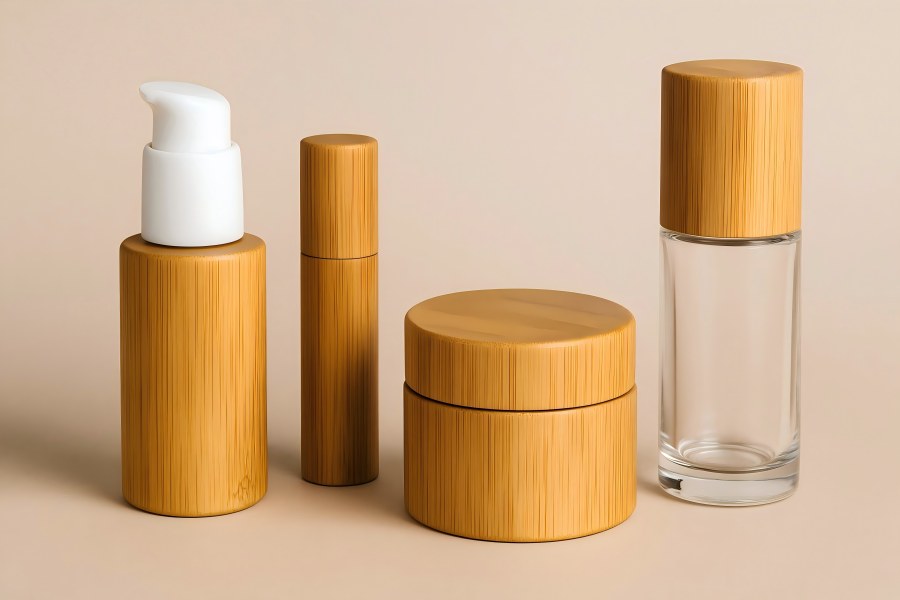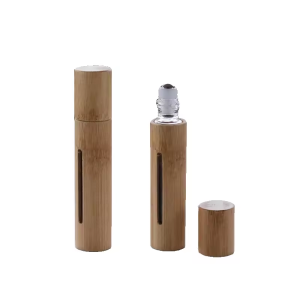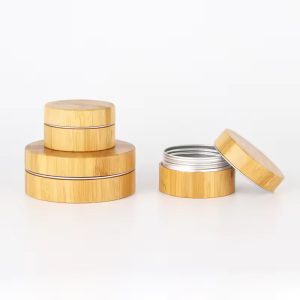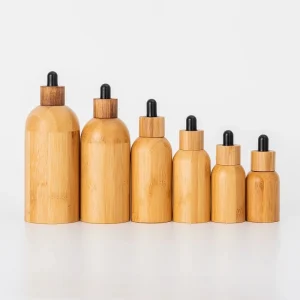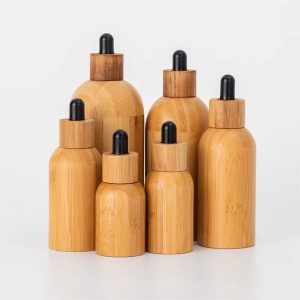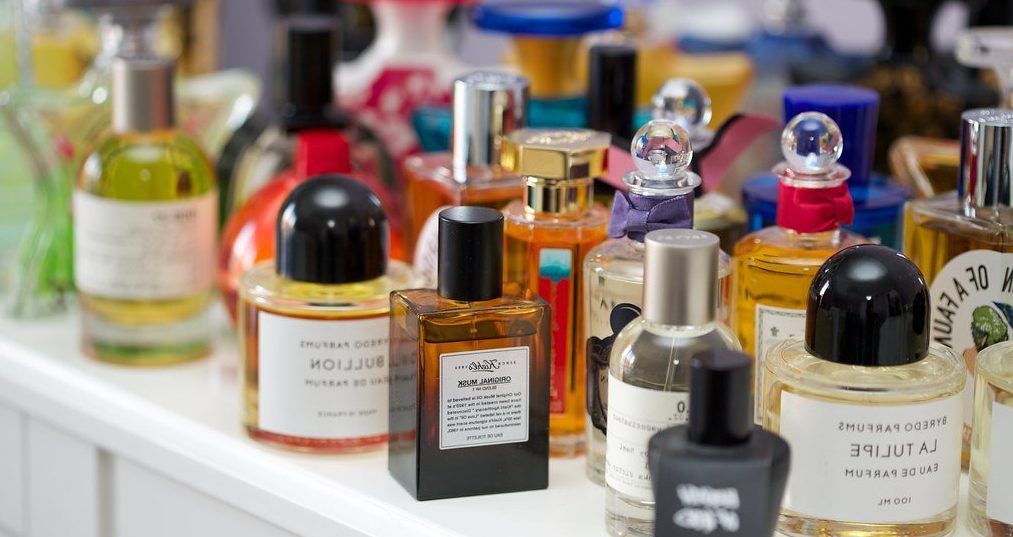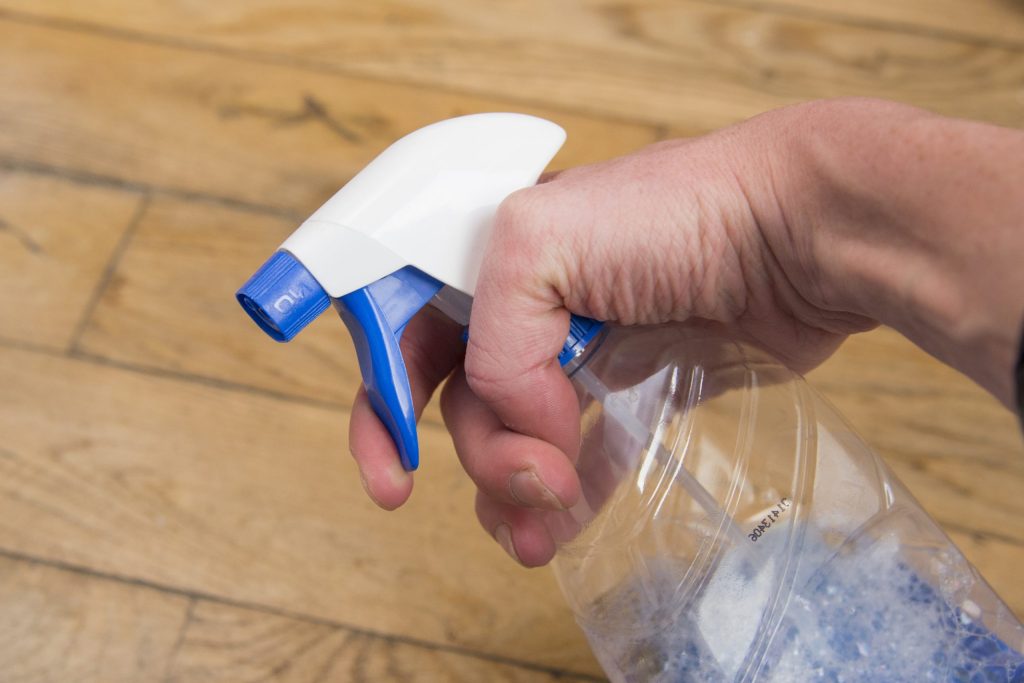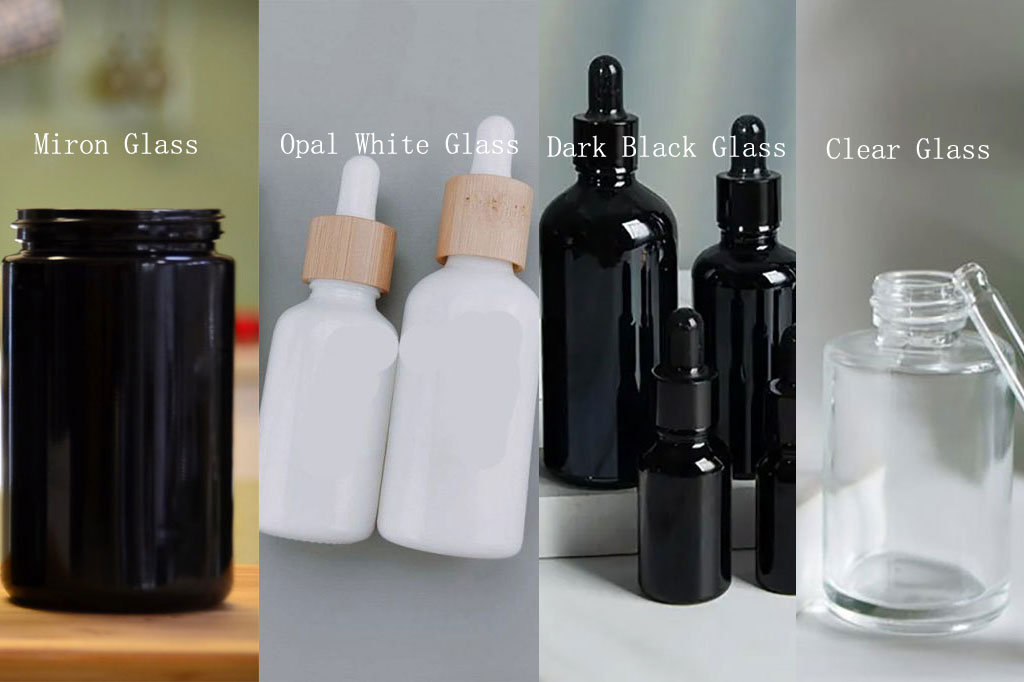In the rapidly evolving world of beauty and personal care, packaging has become more than a container — it’s a statement of brand values, environmental responsibility, and product quality. As consumers increasingly demand sustainable options, bamboo cosmetic packaging has emerged as a prominent alternative to traditional materials such as plastic, glass, and metal. This natural material, once associated mainly with home décor and crafts, is now making waves across the global cosmetics industry.
The Rise of Sustainable Beauty and the Role of Bamboo
Over the last decade, the beauty sector has undergone a significant transformation. Sustainability is becoming a necessary market expectation rather than a specialized selling factor. Consumers today expect their favorite brands to take measurable steps toward reducing environmental impact, from product formulation to packaging.
Bamboo, renowned as one of the world’s fastest-growing plants, has emerged as an emblem of sustainable sophistication. Known for its renewability, strength, and aesthetic appeal, bamboo offers an alternative that aligns perfectly with modern consumers’ desire for natural and ethical products. Unlike plastics that rely on petroleum and glass that requires high-temperature production, bamboo grows rapidly without the need for replanting and can be harvested with minimal environmental disruption.
Material Characteristics: What Makes Bamboo Different
At its core, bamboo stands out for its balance of beauty, durability, and sustainability. It is technically a grass, not a wood, which gives it unique advantages in both cultivation and manufacturing.
Renewability and Growth Cycle
When conditions are right, bamboo can grow up to one meter every day. Frequent harvesting is made possible by this quick growth rate without causing deforestation. Its root system remains intact after cutting, enabling continuous regrowth — a key advantage over timber-based packaging materials. This regenerative nature makes bamboo a leading contender in sustainable packaging solutions.
Strength and Lightweight Nature
Despite its natural origins, bamboo exhibits impressive mechanical strength. It is lighter than most metals and plastics yet resilient enough to protect delicate cosmetic products such as creams, powders, and serums. Transportation also benefits from the combination of stiffness and light weight because it lowers shipping costs and its carbon footprint.
Aesthetic and Tactile Appeal
Visually, bamboo provides a warm, organic appearance that enhances a product’s premium image. The texture and color variations of bamboo can be customized through polishing, staining, or laser engraving. This natural aesthetic aligns particularly well with brands emphasizing clean beauty and minimalism.
Comparing Costs: Bamboo vs. Traditional Materials
The question most brand managers ask when considering bamboo cosmetic packaging is cost. While sustainability adds perceived value, pricing remains a crucial factor in large-scale production.
| Material Type | Average Production Cost (per unit) | Initial Tooling Cost | Recyclability | Perceived Luxury Value | Lifecycle Cost Efficiency |
| Plastic (PET/PP) | Low | Low | Moderate | Low | High (cheap, scalable) |
| Glass | Medium-High | Moderate | High | High | Medium (heavy, fragile) |
| Metal (Aluminum) | High | High | High | High | Medium (durable, recyclable) |
| Bamboo | Medium | Medium | High (biodegradable) | High | High (renewable, reusable) |
From a pure cost perspective, bamboo typically falls between plastic and glass. Although the production process can be more labor-intensive, the raw material is cheap. Unlike plastic, bamboo cannot be injection molded into complex shapes without combining it with other materials. It often requires hand-finishing, which adds labor costs.
However, many companies find that the lifecycle cost efficiency of bamboo packaging offsets its higher upfront cost. Because bamboo is biodegradable and renewable, brands can reduce waste management fees and enhance their environmental credentials. This in turn strengthens customer loyalty and market differentiation.
Manufacturing and Supply Chain Considerations
The bamboo packaging process begins with harvesting mature bamboo culms, usually between three and five years old. The culms are then cut, dried, and treated to prevent mold and pests. Manufacturers use techniques such as heat pressing, lamination, and carving to form various packaging components like jars, lids, and compacts.
Challenges in Production
Despite its advantages, bamboo is not without limitations. Its natural irregularities can make precision manufacturing challenging. For instance, achieving airtight seals in cosmetic jars often requires combining bamboo with inner linings of glass or recycled plastic. This hybrid strategy ensures product safety and preservation while maintaining the natural exterior.
Supply chain complexity is another consideration. Bamboo cultivation is geographically concentrated in regions like China, Vietnam, and India. To uphold true sustainability claims, brands must make sure that their suppliers follow fair-trade and ethical harvesting guidelines.
Performance Comparison: Durability and Functionality
When evaluating packaging materials for cosmetics, durability and performance are just as critical as appearance. For stability and safety, products need to be shielded from air, light, and moisture.
| Property | Plastic | Glass | Metal | Bamboo |
| Impact Resistance | High | Low | High | Moderate |
| Weight | Light | Heavy | Medium | Light |
| Thermal Stability | Moderate | High | High | Moderate |
| Moisture Resistance | High | High | High | Medium (requires coating) |
| Biodegradability | Low | Low | High | High |
| Reusability | Low | Medium | High | High |
Bamboo performs exceptionally well in terms of strength-to-weight ratio and reusability. However, it is naturally porous, meaning it requires an inner coating or liner to hold liquids or creams safely. Many brands address this by adding a thin layer of biodegradable resin or recycled plastic inside the bamboo structure.
From a consumer standpoint, bamboo packaging feels sturdy yet smooth, providing a tactile experience that plastic cannot replicate. In performance testing, bamboo containers show good resistance to drops and scratches, though prolonged exposure to humidity can affect surface finish if untreated.
Environmental Impact
Sustainability is often the cornerstone argument for bamboo packaging. However, to accurately assess its environmental performance, several factors must be considered: carbon footprint, energy consumption, end-of-life disposal, and recyclability.
Carbon Footprint
As bamboo grows, it absorbs a lot of carbon dioxide, which balances out the emissions from processing. Research indicates that compared to many tree species, bamboo can trap more CO₂ per hectare. Additionally, its fast regrowth rate eliminates the need for replanting, further reducing soil degradation and energy input.
Energy and Water Use
Compared to glass, which requires energy-intensive furnaces, bamboo manufacturing consumes significantly less energy. Water usage, however, depends on treatment processes and finishing techniques. To reduce their influence on the environment, sustainable producers are using non-toxic finishes and natural drying more and more.
End-of-Life Disposal
Bamboo is biodegradable under natural conditions. When discarded, it breaks down into organic matter without releasing harmful microplastics. On the other hand, plastic takes hundreds of years to break down. Even metals, while recyclable, require substantial energy for smelting. Bamboo’s natural decomposition gives it a strong environmental advantage in the circular economy framework.
Brand Perception and Consumer Appeal
In the modern beauty market, packaging communicates brand identity. Bamboo packaging resonates with consumers on emotional and ethical levels. Its natural look evokes a sense of purity and sustainability — values that are deeply connected with skincare and wellness products.
Market Trends
Research indicates that environmentally aware consumers are prepared to spend extra on sustainable packaging. Brands like Lush, Aveda, and various indie labels have leveraged bamboo packaging to highlight their green credentials. Social media has amplified this appeal, as bamboo’s visual texture and elegance make it highly photogenic — ideal for product photography and influencer marketing.
Luxury and Minimalism
Bamboo’s tactile and visual qualities lend themselves to premium positioning. The smooth grain, natural color variations, and matte finish exude sophistication without the environmental guilt associated with high-gloss plastic or metal. Minimalist brands often favor bamboo because it complements their aesthetic of simplicity and purity.
Case Examples: Bamboo Packaging in Action
Skincare Brands
Several boutique skincare brands use bamboo jars for face creams, masks, and serums. The packaging typically combines bamboo outer shells with glass inserts, allowing for refill systems. Customers can purchase refill pods, reducing overall waste and encouraging brand loyalty.
Makeup Products
Bamboo compacts and lipstick tubes have gained popularity due to their lightness and durability. The magnetic closures and refillable pans provide a luxury experience while cutting down on disposable packaging.
Men’s Grooming
Bamboo has also found its place in men’s grooming products. Shaving kits and beard oil bottles with bamboo accents project masculinity with an eco-friendly twist. The combination of rugged texture and sustainable ethos appeals to modern male consumers who value authenticity.
Performance in Real-World Conditions
Cosmetic packaging faces environmental stresses during transport and use — from temperature changes to impact. In tests comparing bamboo and traditional materials, bamboo performed consistently well across several dimensions:
- Drop resistance: Withstood minor falls better than glass.
- UV protection: Comparable to plastic when combined with coatings.
- Moisture resistance: Adequate with internal liners or varnish.
- Shelf appearance: Maintained aesthetic appeal over long periods.
In humid climates, untreated bamboo can warp or discolor slightly. Modern surface treatments such as natural wax coatings or water-based sealants have largely resolved these issues.
The Economics of Adopting Bamboo Packaging
While bamboo packaging costs more than plastic in raw form, the long-term return on investment (ROI) for brands can be higher due to consumer loyalty and marketing value. Customers perceive bamboo packaging as more luxurious, eco-friendly, and artisanal. In congested markets, this notion enables brands to stand out and demand higher pricing.
Logistical Benefits
Because bamboo is lightweight, it lowers shipping emissions compared to glass or metal. In bulk production, automation and CNC cutting have also reduced manufacturing costs, making bamboo more competitive. The scalability of bamboo manufacturing continues to improve, enabling both small and large cosmetic companies to adopt it feasibly.
Hybrid Innovations: The Future of Bamboo Packaging
The future of cosmetic packaging likely lies in hybrid solutions — combining bamboo with other sustainable materials to optimize performance and cost. Examples include:
- Bamboo with Bioplastics: Using biodegradable inner liners enhances durability and moisture resistance.
- Bamboo with Recycled Aluminum: For products requiring airtight seals, this combination ensures longevity without sacrificing eco-appeal.
- Refillable Bamboo Systems: Encouraging consumers to keep the outer bamboo shell while replacing inner containers aligns with the circular economy model.
Technological advancements, such as laser cutting, 3D printing, and water-based adhesives, are also making bamboo packaging more precise, customizable, and affordable.
Challenges and Limitations
Despite its promise, bamboo packaging faces several barriers:
- Moisture Sensitivity: Without proper coating, bamboo can absorb humidity, affecting appearance.
- Production Consistency: Natural variations in color and grain may create aesthetic inconsistencies.
- Hybrid Material Complexity: Combining bamboo with plastics can complicate recycling if not designed for easy separation.
- Supply Chain Dependence: Most bamboo supply comes from Asia, which may lead to transportation emissions unless local sourcing develops.
Brands must make research and innovation investments in order to overcome these obstacles, concentrating on creating coatings, modular designs, and regional sourcing alliances.
Outlook: The Next Chapter of Sustainable Packaging
Bamboo’s entry into cosmetic packaging represents more than a material shift — it signifies a movement toward holistic sustainability in beauty. Consumers no longer judge packaging purely by function; they see it as an extension of the brand’s ethical stance. As regulations tighten around plastic waste and climate-conscious manufacturing, bamboo’s low-impact lifecycle makes it an ideal candidate for future growth.
Emerging technologies are expected to refine bamboo’s role further. From water-based sealants that improve moisture resistance to machine learning that optimizes bamboo yield prediction, innovation will continue to bridge the gap between natural materials and industrial efficiency.

